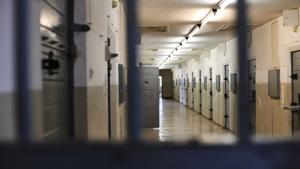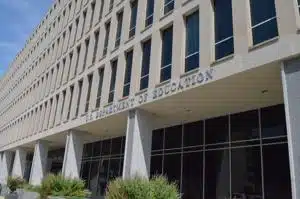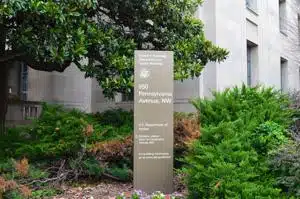(The Center Square) – California Gov. Gavin Newsom has proposed a $7.5 billion federal film tax credit as part of an offer to work with the President Donald Trump’s administration to “Make America Film Again.”
Just days before, Trump had threatened to place a 100% tariff on films made abroad, but has since walked back that option.
“California built the film industry — and we’re ready to bring even more jobs home,” said Newsom on X. “We’ve proven what strong state incentives can do. Now it’s time for a real federal partnership to Make America Film Again. @POTUS, let’s get it done.”
In California, Newsom has proposed more than doubling the state’s film tax credit from $330 million to $750 million. Critics, and the state’s own analysis, say film credits cost significantly more than they produce in revenue and are often a “race to the bottom.”
The California-funded Legislative Analyst’s Office report shared that empirical research says “each $1 of film credit results in $0.20 to $0.50 of state revenues,” which means taxpayers are likely to lose at least half of the money spent on film credits. A state-commissioned study in New York, which is home to America’s second-largest concentration of production jobs, also found the state’s credits generated just 31 cents in revenue for every dollar spent.
Should the United States adopt a national film tax credit program on top of the film tax credits offered by 38 states, it’s still unclear if much of America will be able to compete with other countries with much lower costs of doing business, much simpler rules and regulations for filming, and a demonstrated willingness to spend big on subsidies.
“Parks and Recreation” stars Rob Lowe and Adam Scott recently shared on Lowe’s podcast how costs are so high their show likely would have been shot in Europe instead.
“It’s cheaper to bring 100 American people to Ireland than to walk across the lot at Fox past the sound stages and do it and do it there,” said Lowe.
“Do you think if we shot ‘Parks’ right now, we would be in Budapest?” asked Scott, who now stars in “Severance.”
“100%,” replied Lowe. “All those other places are offering 40% — forty percent — and then on top of that there’s other stuff that they do, and then that’s not even talking about the union stuff.”



















































